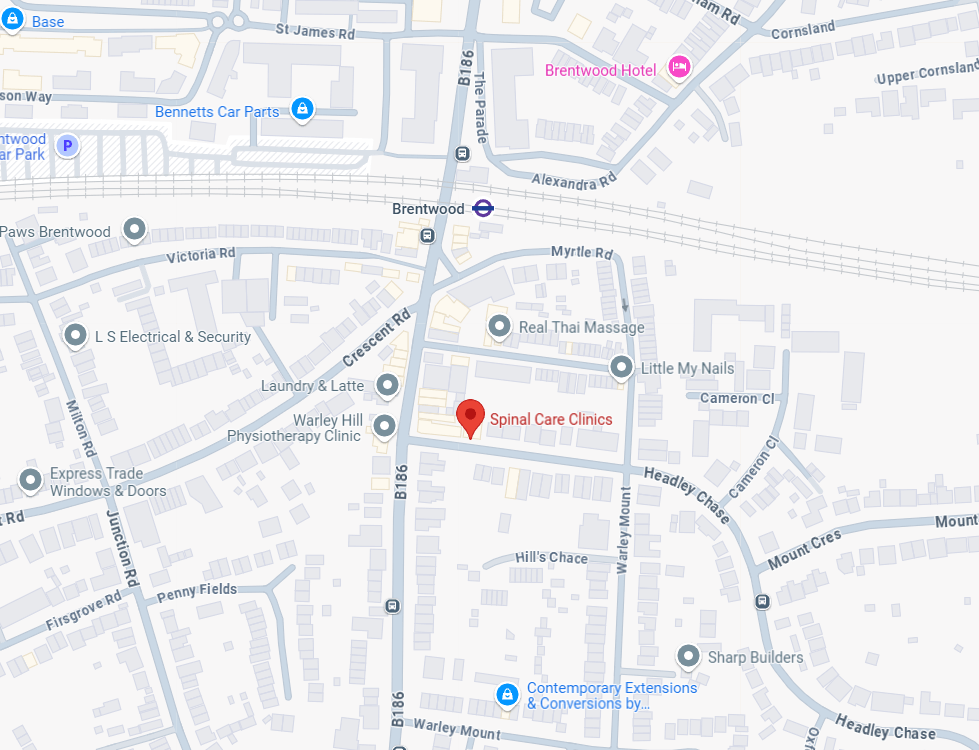
Exercise is vital for our wellbeing. It allows us to gain control over our busy lives in a holistic sense. Everything seems to fall into place when we’re feeling fit and healthy, but getting back into shape after a long break is tough for anyone. Interruptions in a structured routine may result from lifestyle changes, holidays, illness or simply breaking the rhythm. Regaining control of our wellbeing and general fitness can feel daunting.
Fitness and wellbeing holds a different meaning for different people.
Some see exercise as physical activity acting as mental therapy – a form of mindfulness, providing escape from our overthinking brains. It improves our general mood by interrupting the thought process.
Generally we can break fitness down into the following:
- Musculoskeletal fitness: targeting muscles and core strength while improving bone density.
- Cardiovascular fitness: this is your body’s ability to transport and use oxygen. This includes activities such as running, cycling, swimming and aerobics.
- Balance and flexibility: improving suppleness and the full range of motion in your muscles and joints. Yoga, Tai Chi and Pilates can all help you achieve this.
Unfortunately, you may have noticed, it’s much easier to lose fitness than it is to recover it. Studies have suggested that cardiovascular fitness waves the white flag first. It can take as little as two weeks to notice a real decrease in aerobic fitness and muscle mass as a direct result.
Prolonged inactivity sees a decline in VO2 max by up to 10% in just two weeks. Used to measure an individual’s aerobic capacity, VO2 max represents the maximum rate of oxygen used by the heart, lungs and muscles during exercise.
So how long does it take for us to achieve general fitness or get back into shape?
This depends on your targets and where you currently stand.
Whether your goal is to get up the stairs faster, cycle your daily commute to work or master that yoga headstand, one thing is sure: we all want to reach the point where we can say ‘hey, this isn’t as hard as it was’.
Dream big

A recent study showed that untrained adults on a nine-month marathon-training program increased their cardiovascular fitness — VO2 max — by 24 %, and their running speed by 29%. This is good to keep in mind if you are really hoping to reach your maximum fitness potential. However, at Spinal Care Clinics in Brentwood, we have seen people improve their cardio fitness, physical appearance and general wellbeing in as little as 8 weeks.
First 5K
You may be ambitiously working up to your first 5kms race, a true milestone among new runners. Thirty minute training, three times a week can see you from couch potato to completing 5K in just 6 to 8 weeks. If you’re already in good shape you can expect to hit an ambitious time goal within a similar timeframe.
Improving strength, endurance or muscle definition

Generally you will begin to feel better and fitter within just two weeks of regular exercise. However it will take longer to see physical results. If you are hoping to improve muscle mass or increase your endurance significantly we believe this can take between 8 to 16 weeks.
There’s no time like the present
Motivation won’t come out of nowhere; it will grow with every step or every stretch. Start small and be realistic by building on your strengths or current capacities. You are more likely to maintain a healthy lifestyle once you are in the swing of it. So go gradually, step by step but get moving today. If you’re hoping to improve your quality of life this year but you’re in need of motivation or support, our wellness specialists at Spinal Care Clinics are here to help.

